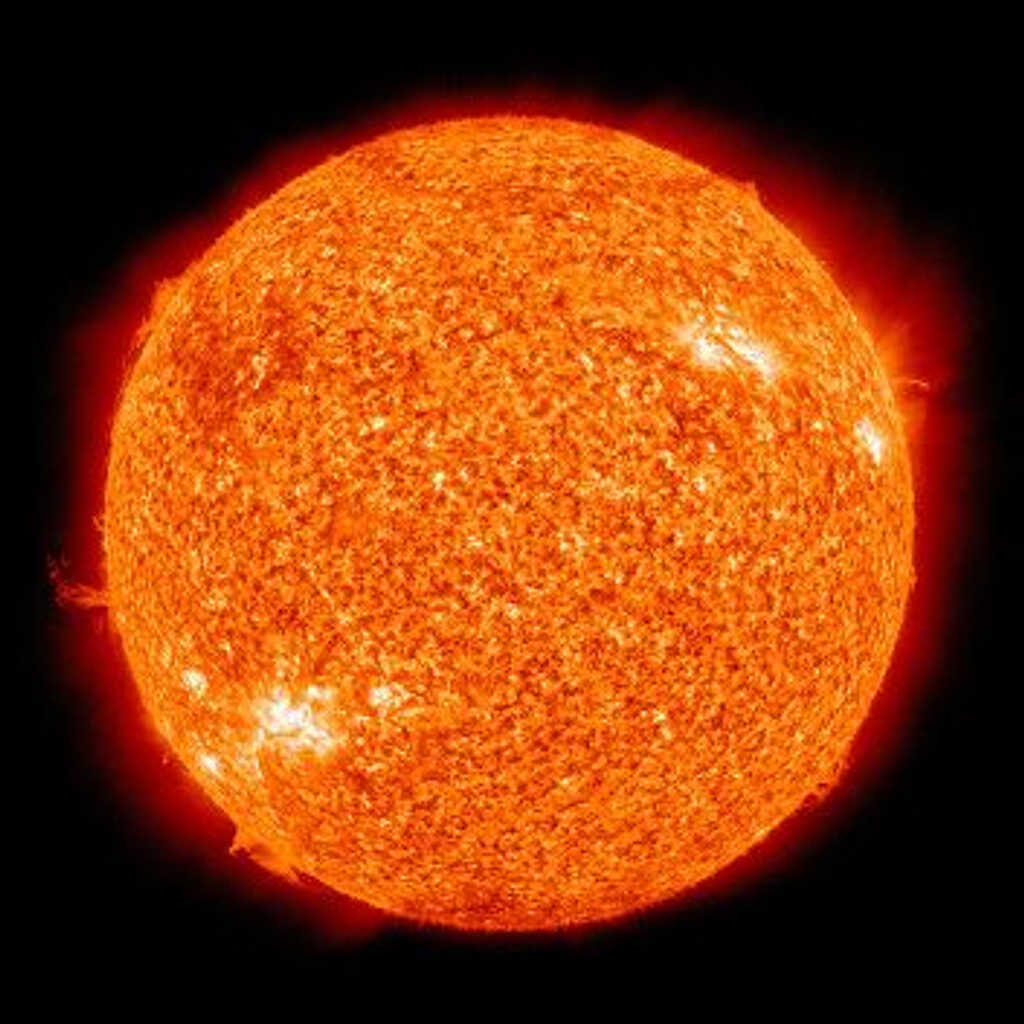- Series:Astronomy, Transcript English
Genesis 1:14-15
“And God said, Let there be lights in the firmament of the heaven to divide the day from the night, and let them be for signs, and for seasons, and for days, and years: And let them be for lights in the firmament of the heaven to give light upon the earth: and it was so.”
 Our sun is, of course, a star although it is now becoming evident that it is a very special star that permits life to exist on planet Earth. If the Earth were only one percent closer to the sun, we wouldn’t be here to worry about any “greenhouse effect.” And if the Earth were only one percent farther away from the sun, there would be plenty of snow and ice on Earth, but no one around to ski on it. The distance from the Earth to the Sun is very precisely set to allow life to live comfortably here. The chances of that happening without design are virtually nil.
Our sun is, of course, a star although it is now becoming evident that it is a very special star that permits life to exist on planet Earth. If the Earth were only one percent closer to the sun, we wouldn’t be here to worry about any “greenhouse effect.” And if the Earth were only one percent farther away from the sun, there would be plenty of snow and ice on Earth, but no one around to ski on it. The distance from the Earth to the Sun is very precisely set to allow life to live comfortably here. The chances of that happening without design are virtually nil.
Many stars, perhaps most stars, vary much more than our sun does in the amount of energy they give off. Life as we know it would not be possible around those stars, no matter where the planet might be located. But our sun varies its energy output by only about one-tenth of a percent.
Scientists now speak less frequently about our sun being an “average star.” The facts show that it is a “very special star.” Our growing knowledge of the universe is helping us to see that God created this special star with precisely those characteristics necessary to support life on Earth. Modern science is only now learning what the Bible has always taught!
Prayer:
Heavenly Father, Your power and excellent workmanship are clearly evident in Your creation of the sun and its relationship to our planet. Let this testimony make many open to hear about Your love to us in Christ. Amen.
Notes:
Ivars Peterson. “More Than Just Your Average Star.” Science News, Vol. 134. pp. 8-9.
